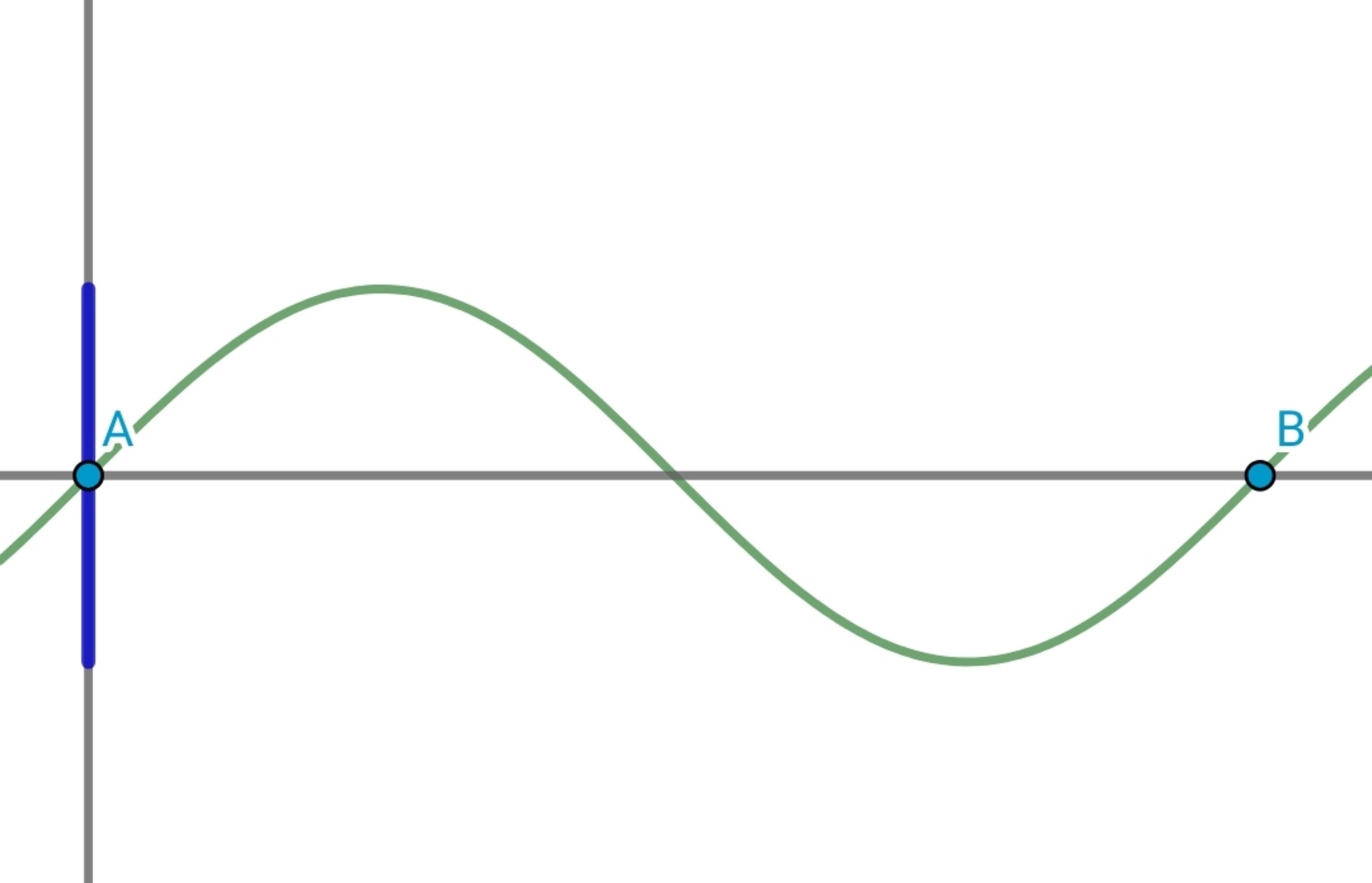Sinusoidal Wire Magnetics (part )
A piece of wire has the following shape
from position
to
. A circle of radius
is placed in
plane. Both carries current of
.What is the magnitude of magnetic force exerted between them.I have provided the view of system from
axis.

Details and Assumptions 1) Magnetic permeability
The answer is 1.826.
This section requires Javascript.
You are seeing this because something didn't load right. We suggest you, (a) try
refreshing the page, (b) enabling javascript if it is disabled on your browser and,
finally, (c)
loading the
non-javascript version of this page
. We're sorry about the hassle.
Nice problem. Solution code attached: